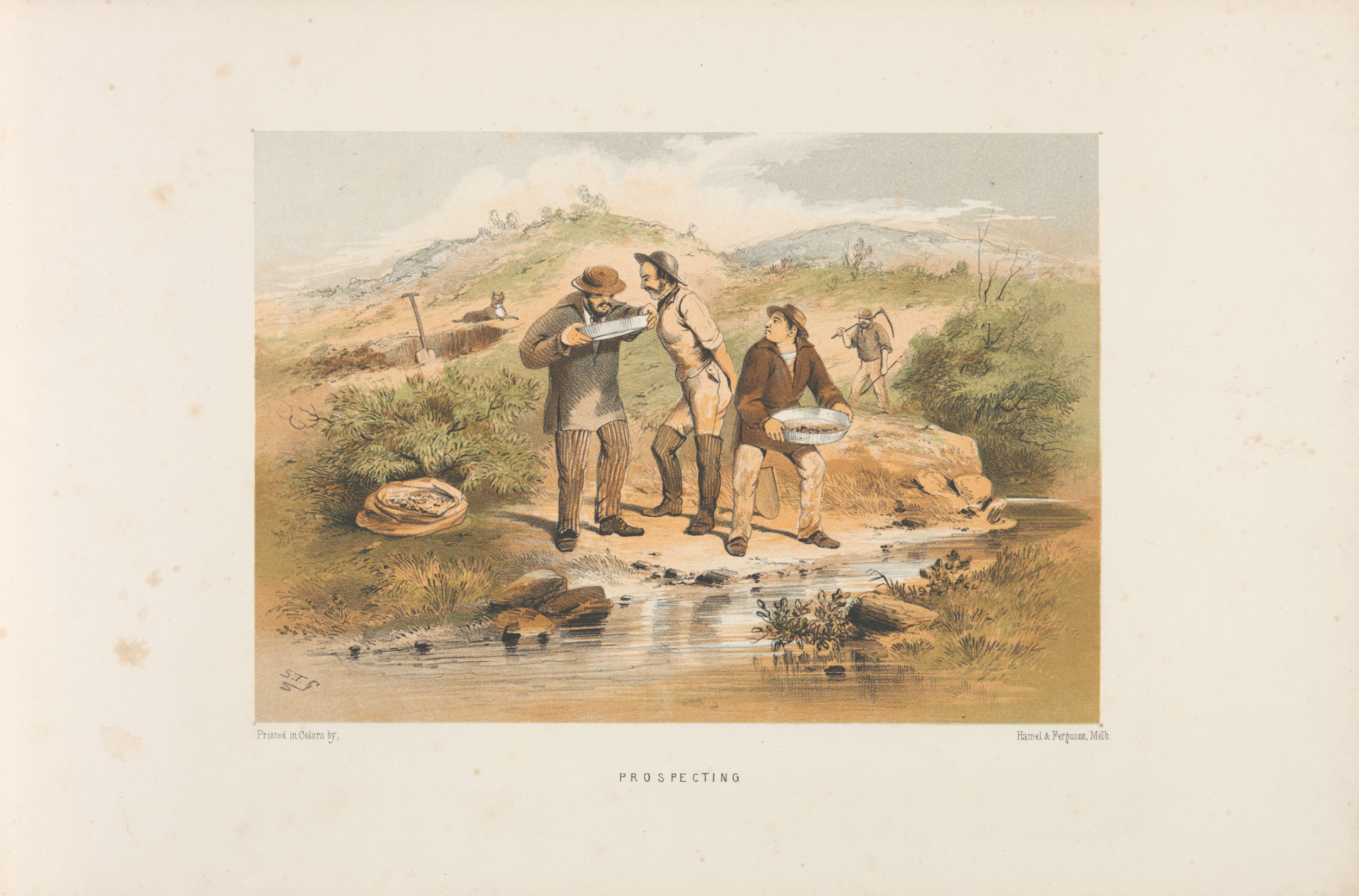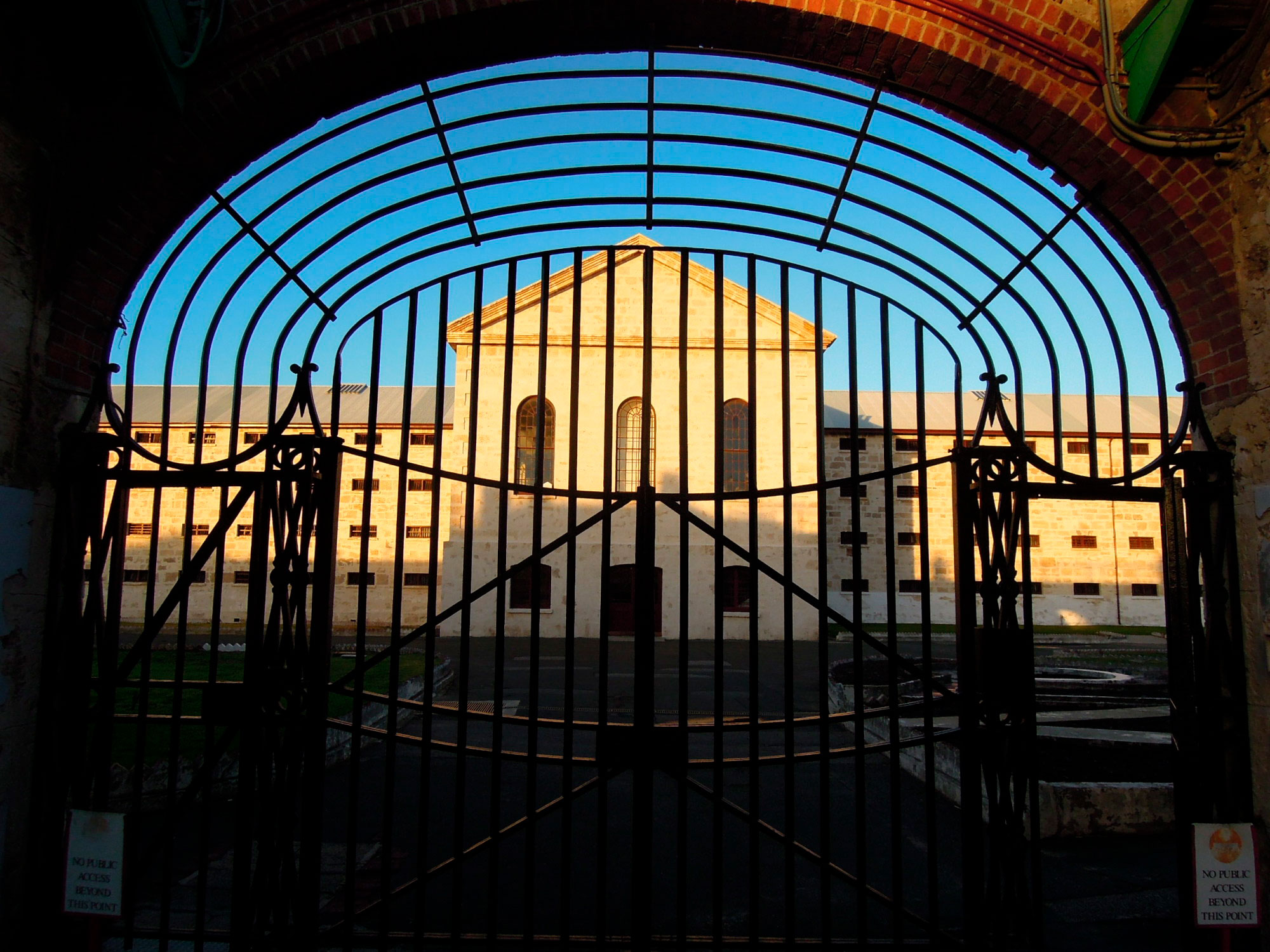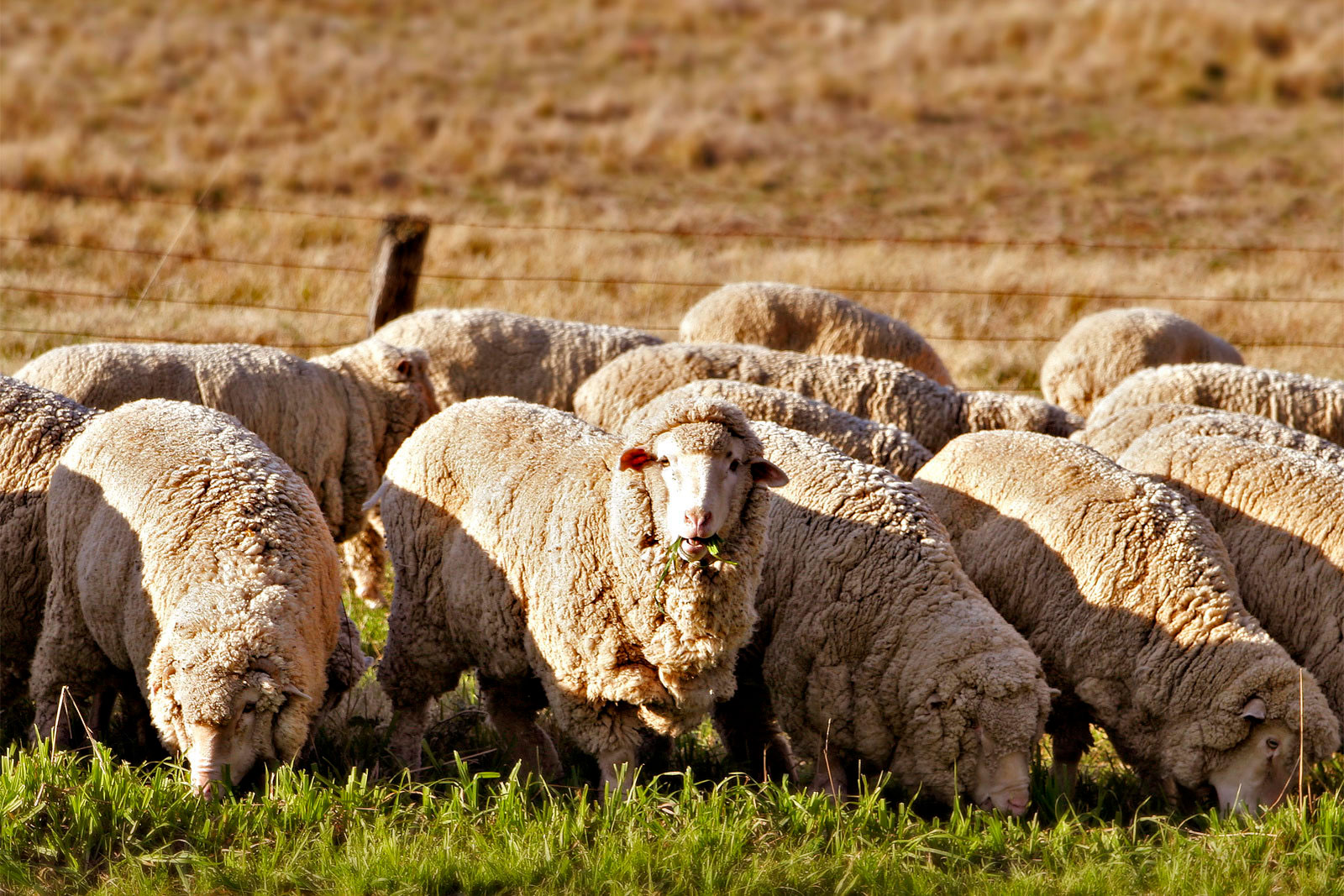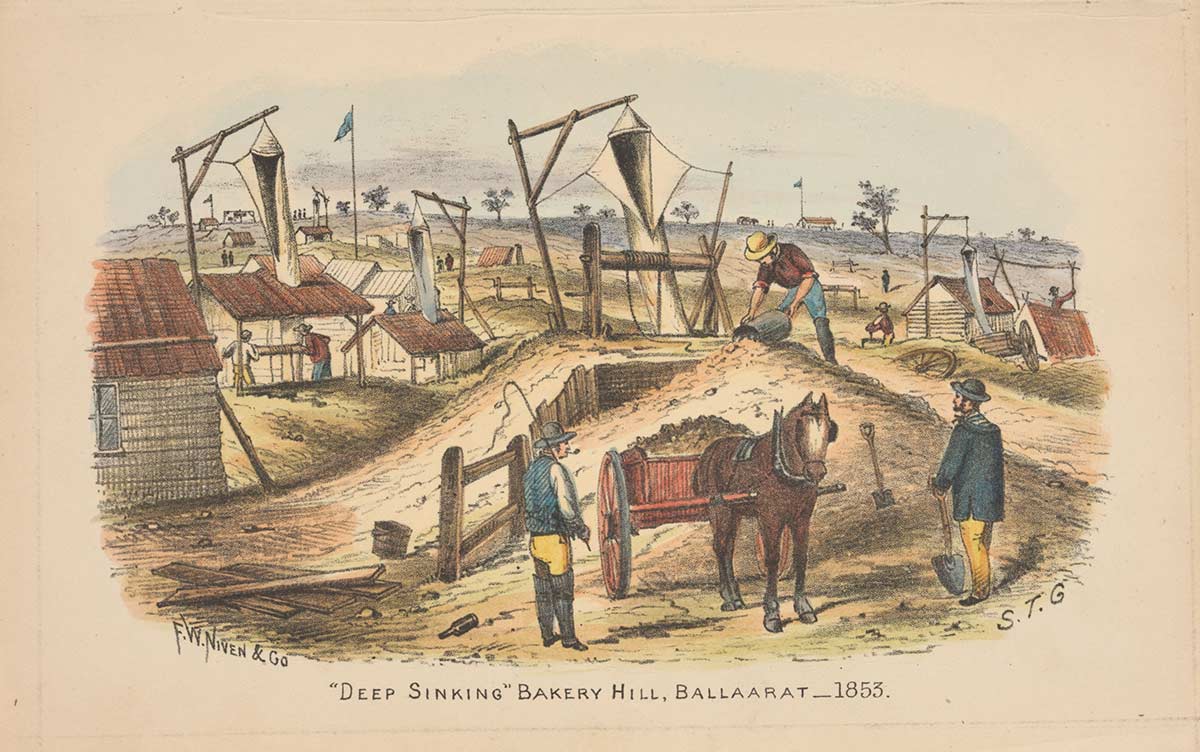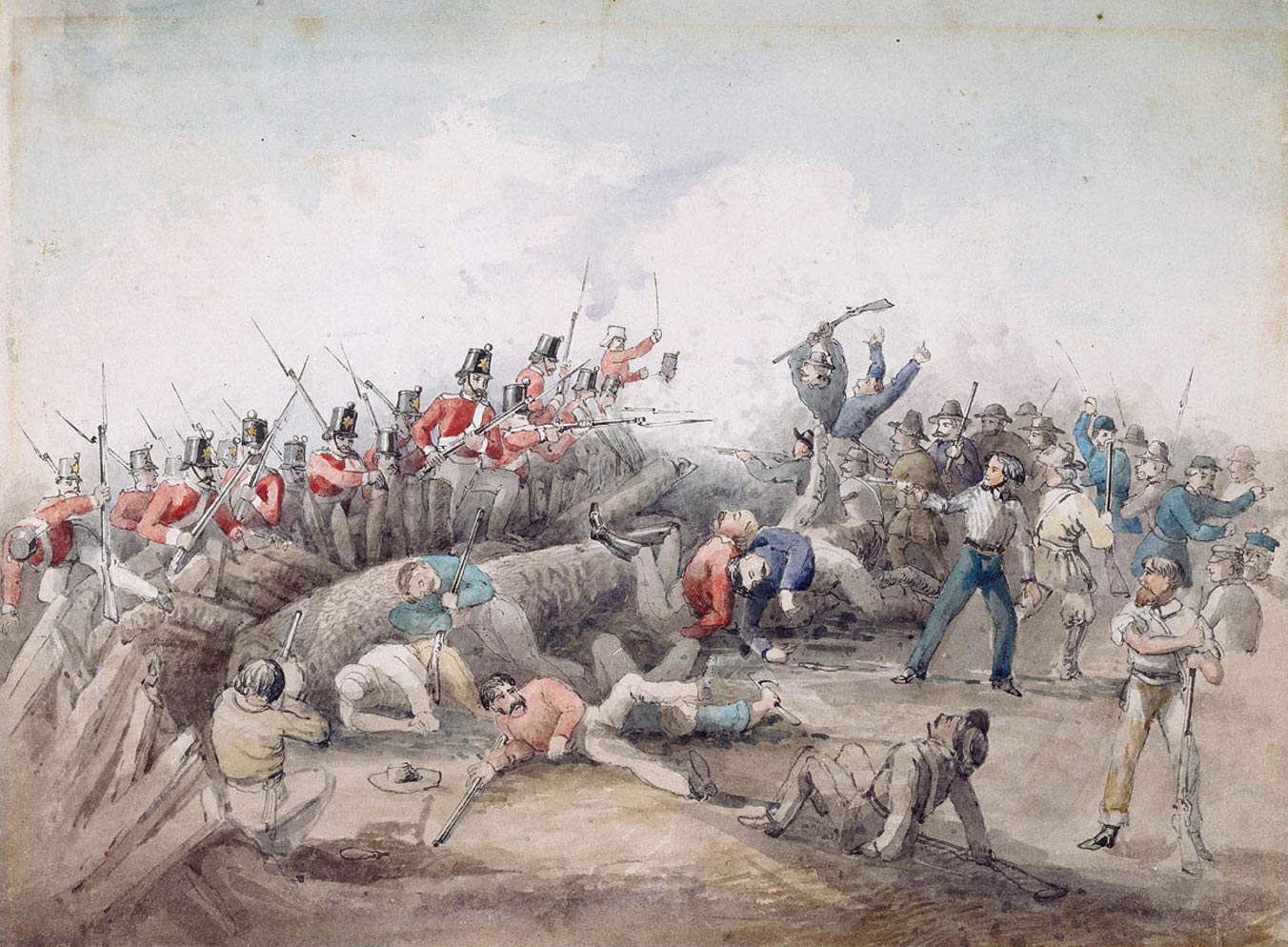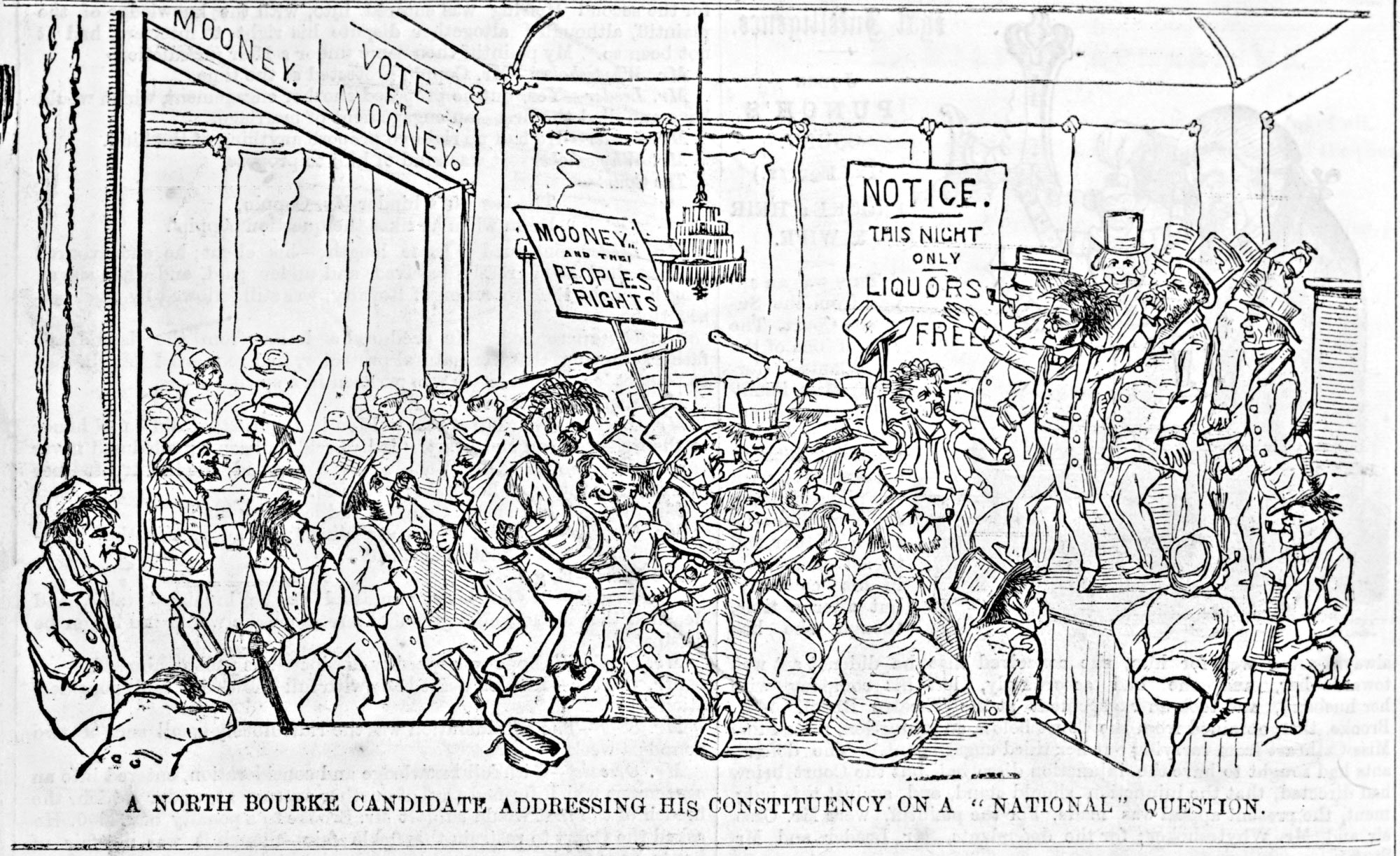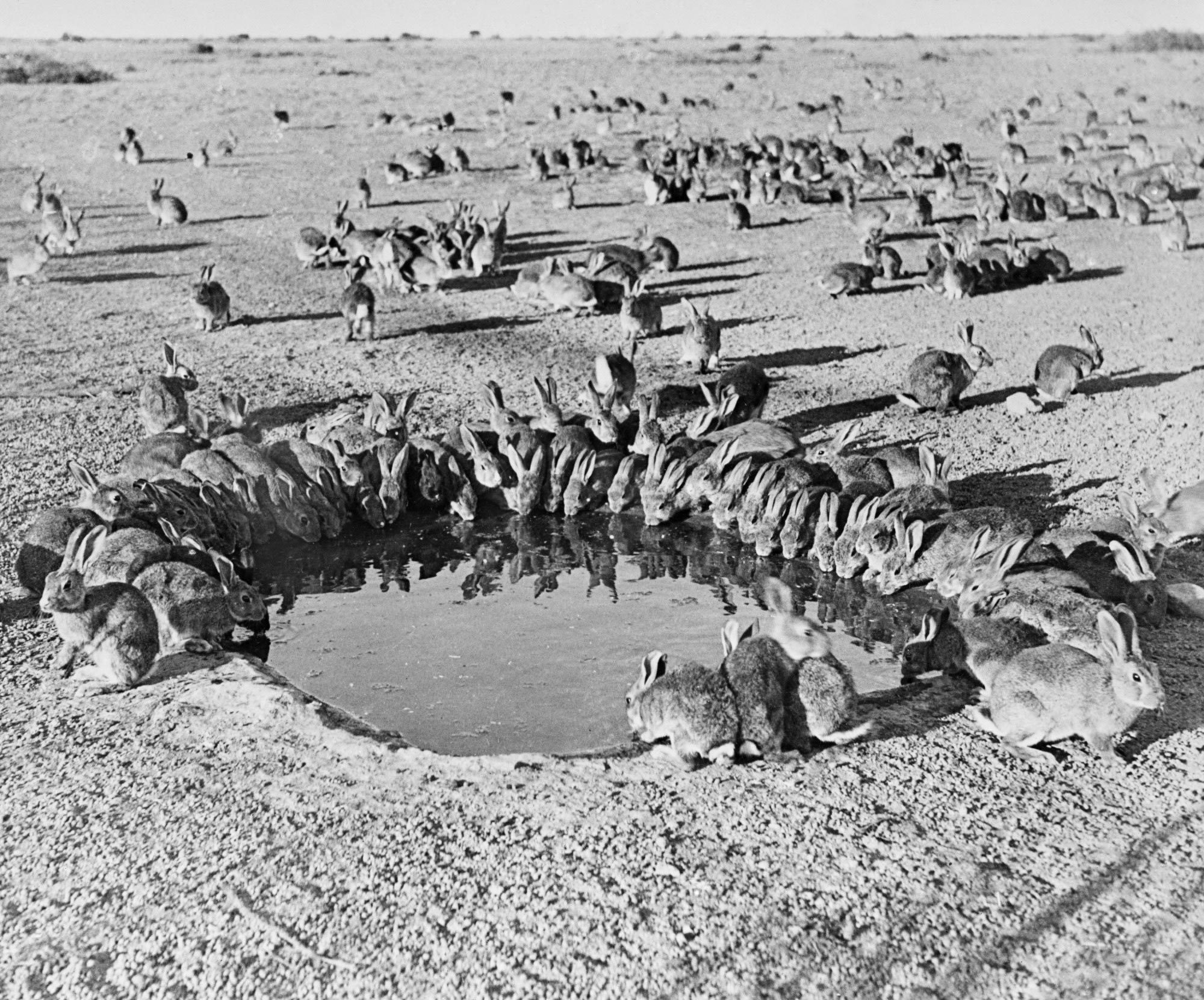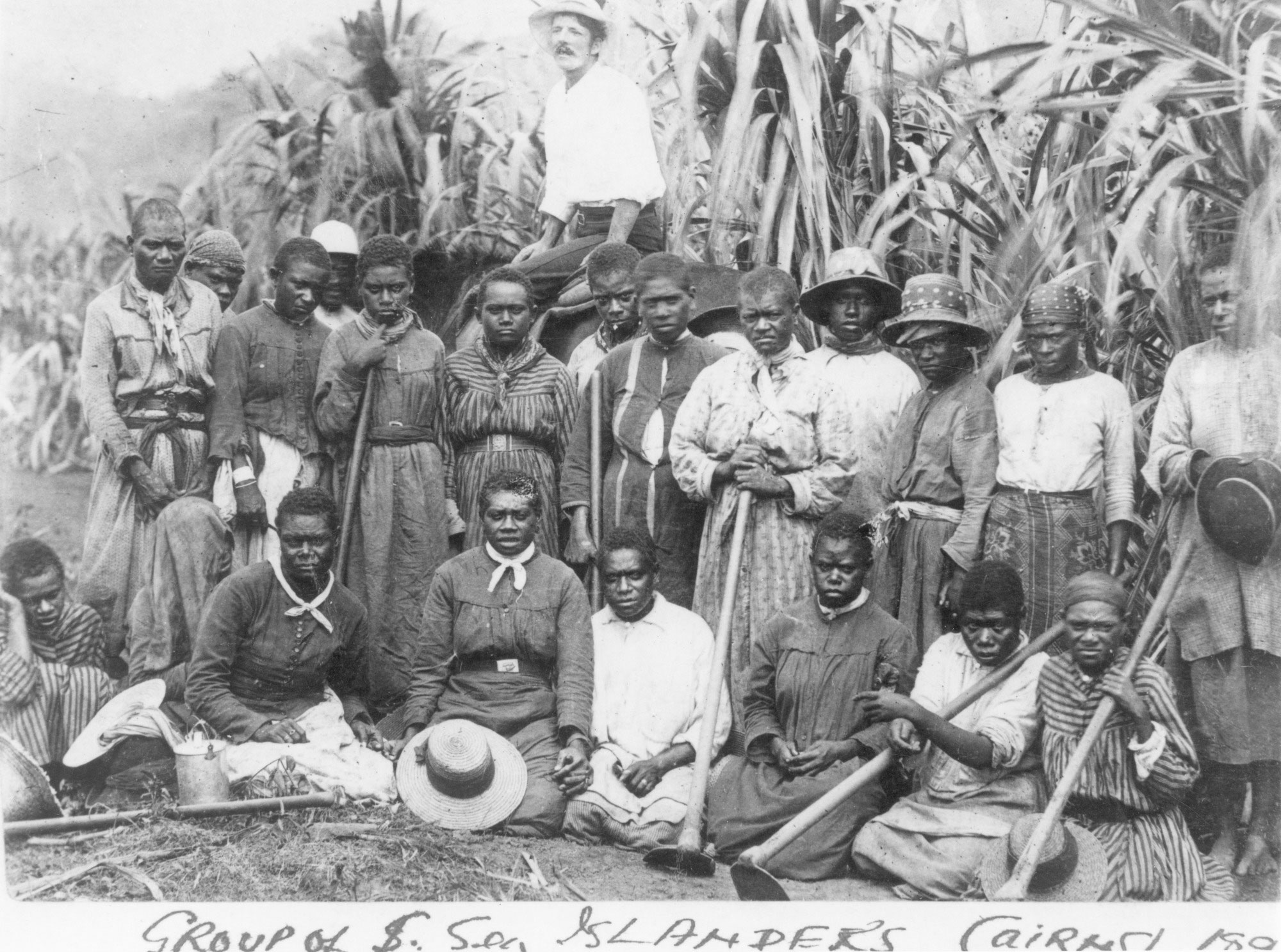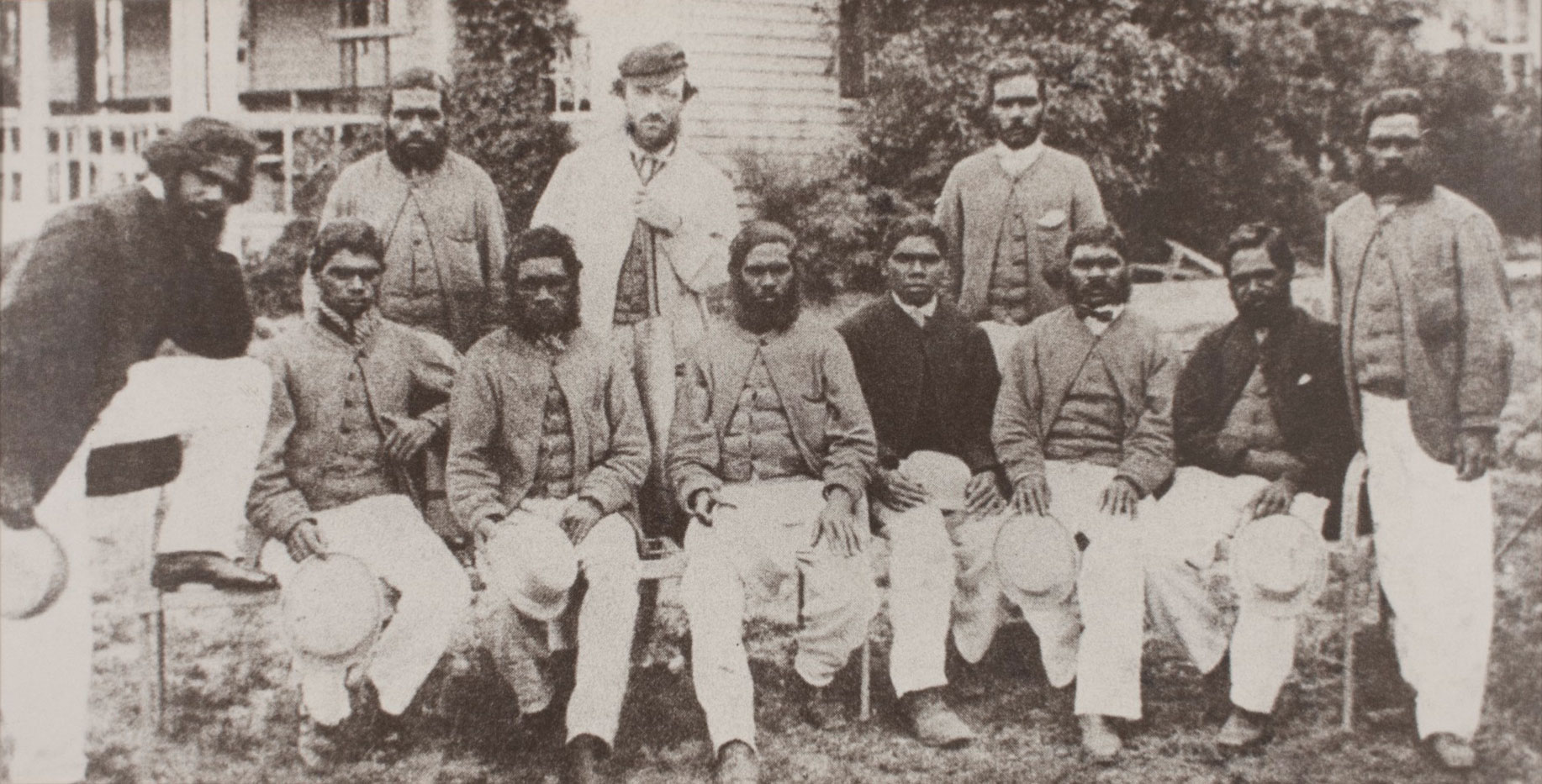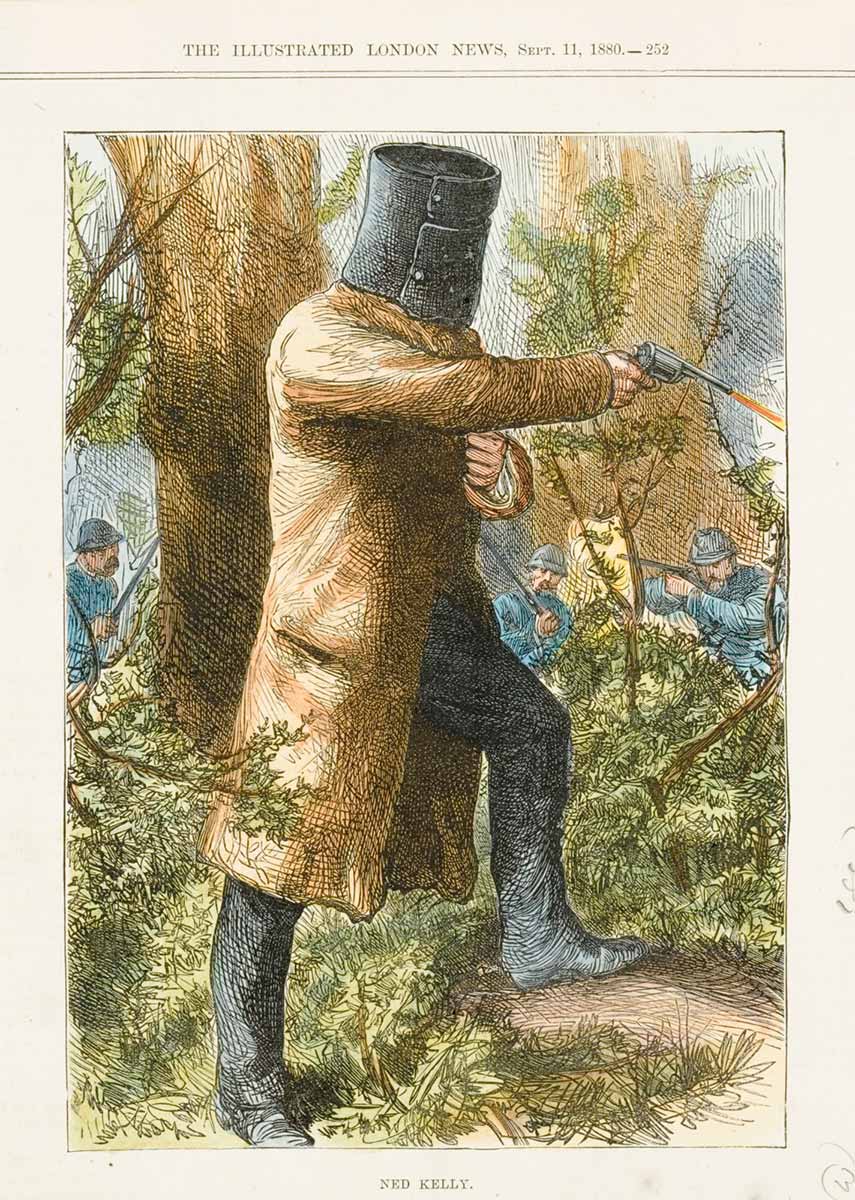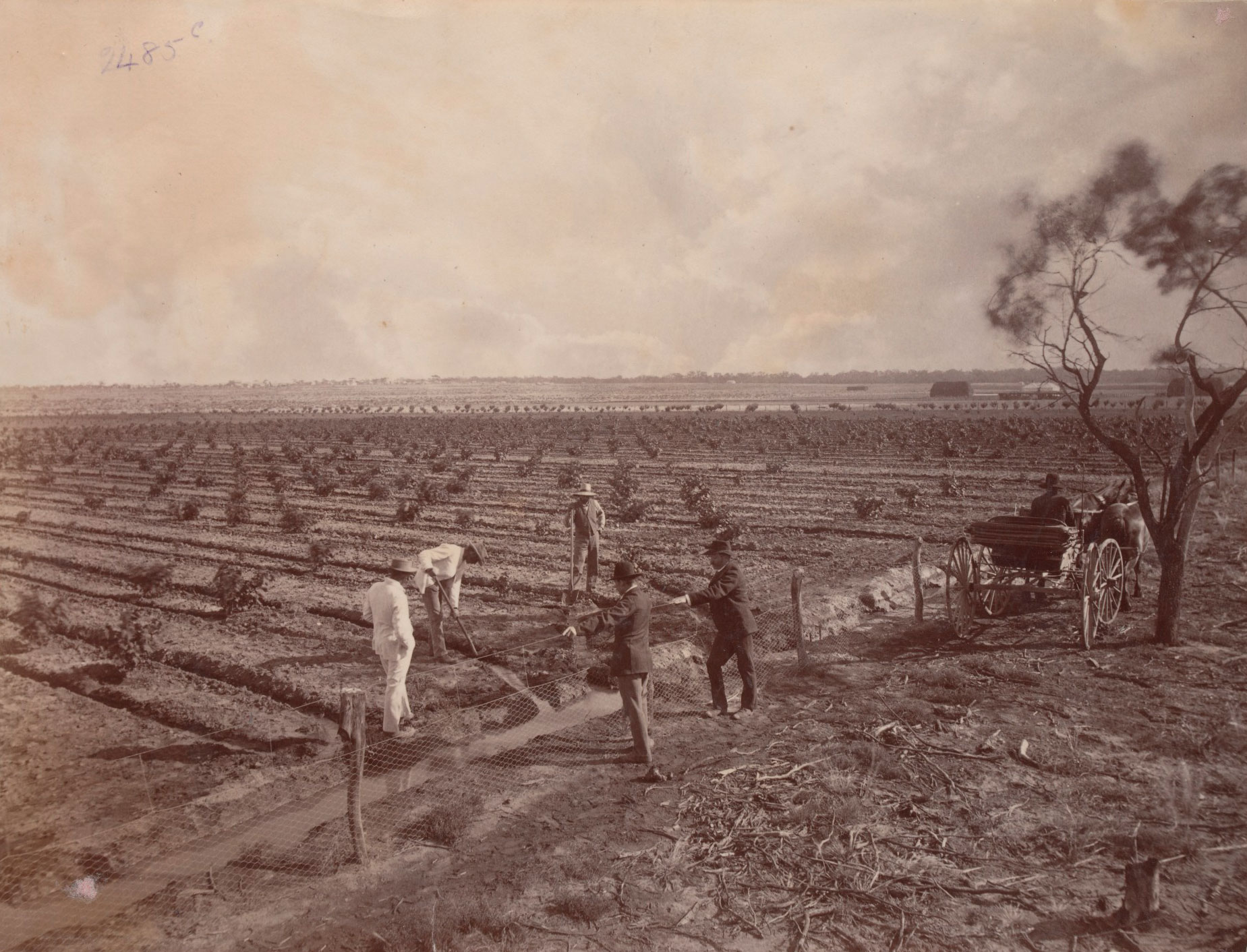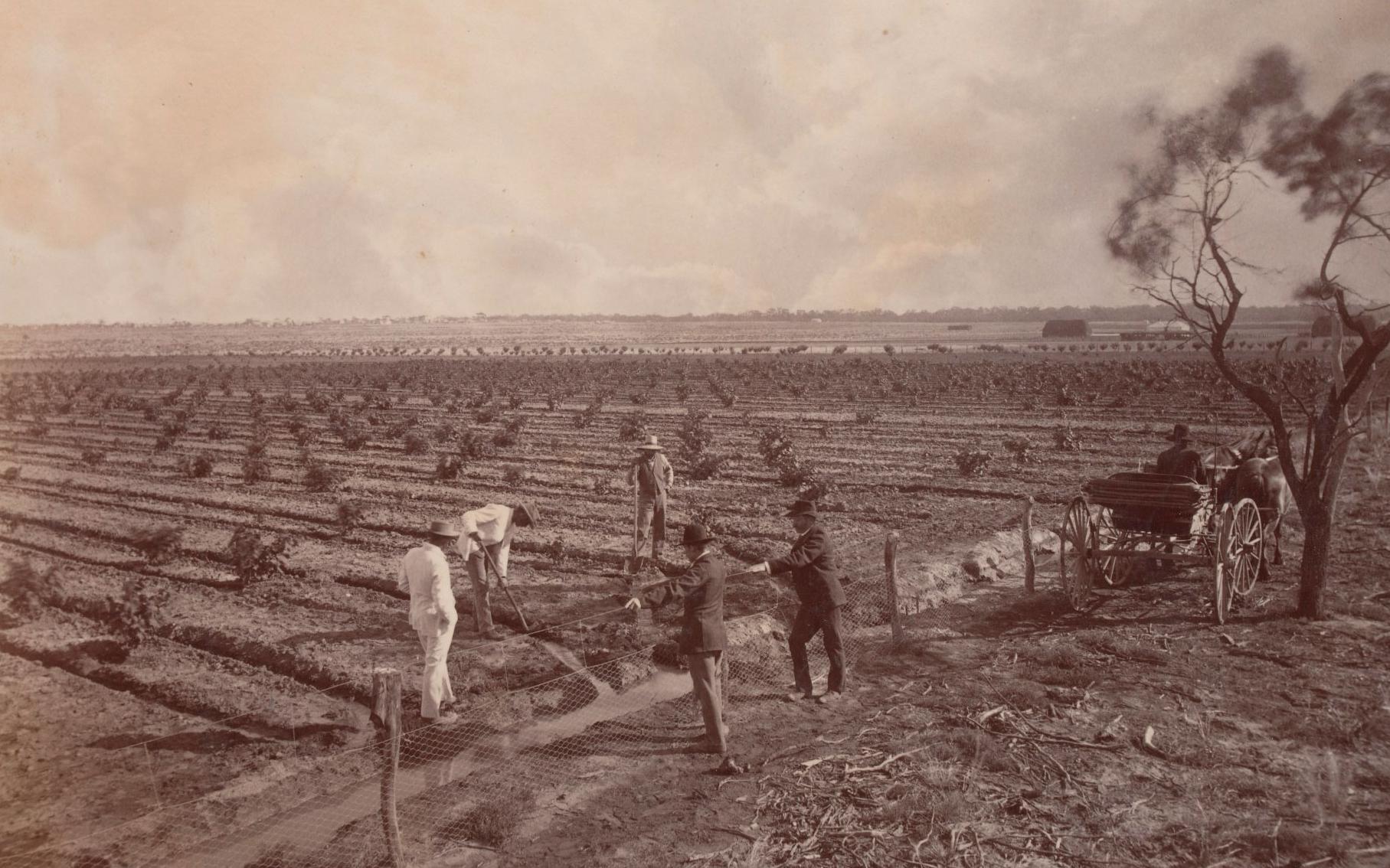Learning module:
Colonial Australia Defining Moments, 1788–1900
Investigation 1: What made us who we are today? Significant events in Australian history in the 1800s
1.14 Women’s suffrage: ‘A piece of paper changes the world’
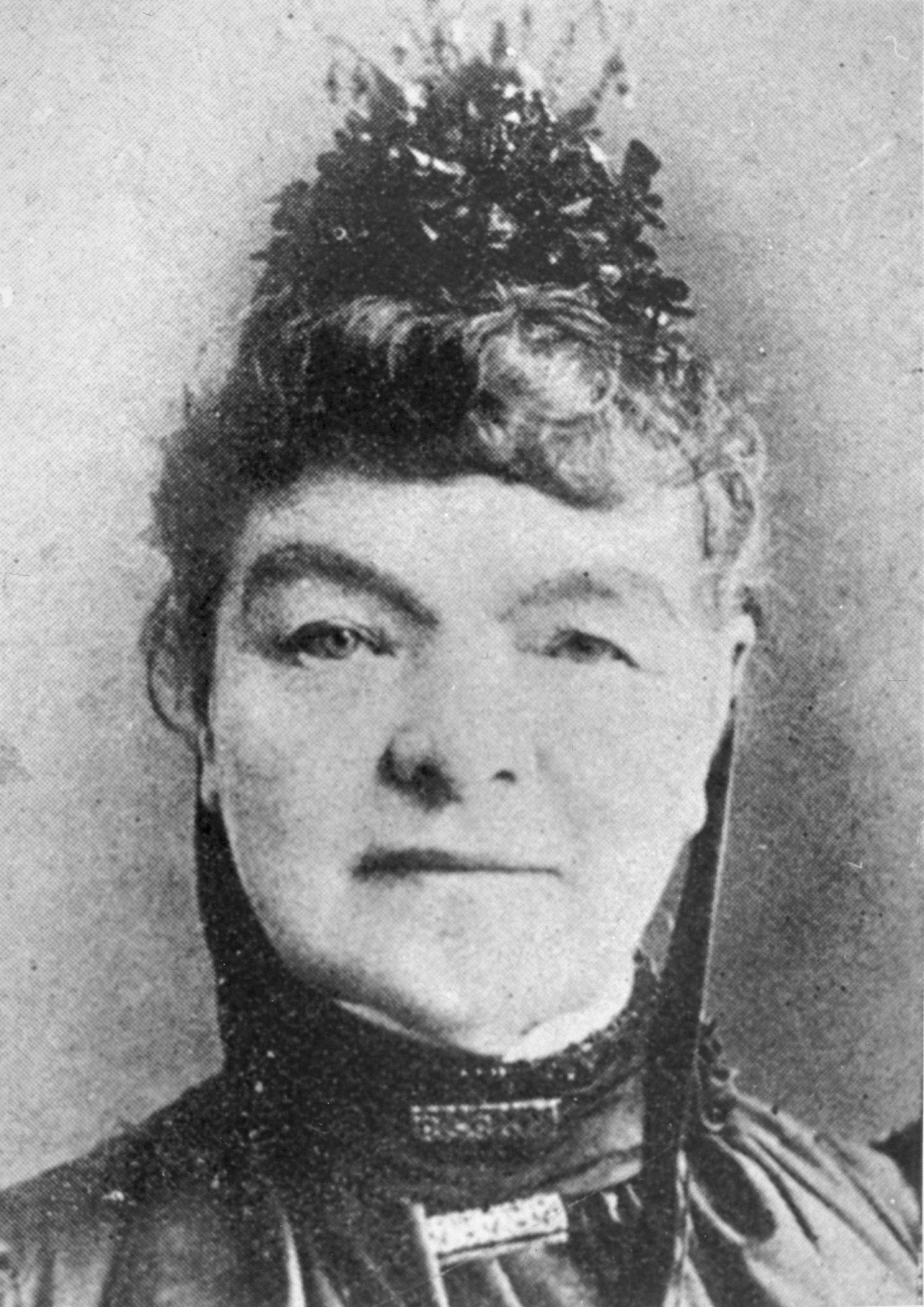
Imagine that your class is about to take a vote for the new school captain.
This captain will represent the whole school at important events, so it is important that every student gets a say in who they want to be their representative.
Suddenly your teacher announces that only boys will have a vote. Half your class, and half the school, are girls.
-
Do you think this is a fair and good decision?
Discuss your ideas, then see how something like this really did happen in Australia.
Your task is to go through each evidence file and answer the questions.
|
Women’s lack of rights |
People want a change |
Supporters and opponents |
Women get the vote |
Looking at changes
|
Evidence file A
Women’s lack of rights
During the nineteenth century (1800s) women in Australia had fewer rights than men in a lot of ways.
- Women could not vote.
- Women could not be members of parliament.
- If a woman got married her property went to her husband.
- Fathers were the legal guardian of any children, which meant that only fathers were able to make decisions about their children.
- Female workers were paid less than male workers.
- Women had worse working conditions and protection than men.
1. How important do you think each issue was? Put them in order of importance, with the issue you think was the most important at the top.
Evidence file B
People want a change
Many people started to want to change these unfair laws, including the voting laws. Women believed that if they could vote they could elect members of parliament who would pass laws to improve society generally and improve the position of women and children in particular.
Evidence file C
Supporters and opponents
The supporters of change signed petitions, wrote letters, made speeches, went on protest marches, and formed organisations to persuade the politicians to change the law.
Some men and women opposed giving the vote to women. They thought that women’s place was in the home. They thought that if women had the right to vote they would become worse mothers and wives because they would not give their full time to those roles.
Evidence file D
Women get the vote
In 1894 there were enough supporters in the South Australian parliament to change the voting laws. Women could now vote, and also stand for election to parliament. This made South Australia the first place in the world where women and men had equal voting and representation rights. (New Zealand had granted women the right to vote in 1893, but not to stand for parliament.)
In 1896 there was an election in South Australia, and women voted and stood for parliament.
Evidence file E
Looking at changes
Here is a table showing when women were legally able to vote and stand for parliament in Australia.
Every state has a parliament, and there is a federal parliament for the whole nation — so people can vote for two parliaments — their own state or territory one, and the national or federal one.
2. Look at this information then decide if the statements about it are true or false.
|
Right to vote |
Right to stand for parliament |
First woman elected |
|
|---|---|---|---|
|
Commonwealth |
1902 |
1902 |
1943 |
|
State |
|||
|
South Australia |
1894 |
1894 |
1959 |
|
Western Australia |
1899 |
1920 |
1921 |
|
New South Wales |
1902 |
1918 |
1925 |
|
Tasmania |
1903 |
1921 |
1955 |
|
Queensland |
1905 |
1915 |
1929 |
|
Victoria |
1908 |
1923 |
1933 |
Conclusion
3. Think about everything you have learned in this investigation. (a) What happened? (b) When? (c) Where? (d) Why?
4. Do you think this event is important in Australian history? Why?
5. The National Museum of Australia has many objects on display. These objects are linked to stories of people, places, events or ideas, and help us understand more about those stories.
Suggest three possible objects relating to women in colonial Australia that could be in a museum.
6. If you could choose an object to put on display in the National Museum of Australia about women’s right to vote, what would it be? Make a choice, and write a short caption for it.
Finding out more
To find out more go to: 1894 A world first for women — Women granted the vote in South Australia
Watch this short Defining Moments: Women’s suffrage animation telling the story of the beginning of women’s suffrage in South Australia.
You can also read more in Robert Lewis in association with the National Museum of Australia, The Story of Australia, Random House Australia, North Sydney, 2017, chapter 5.






